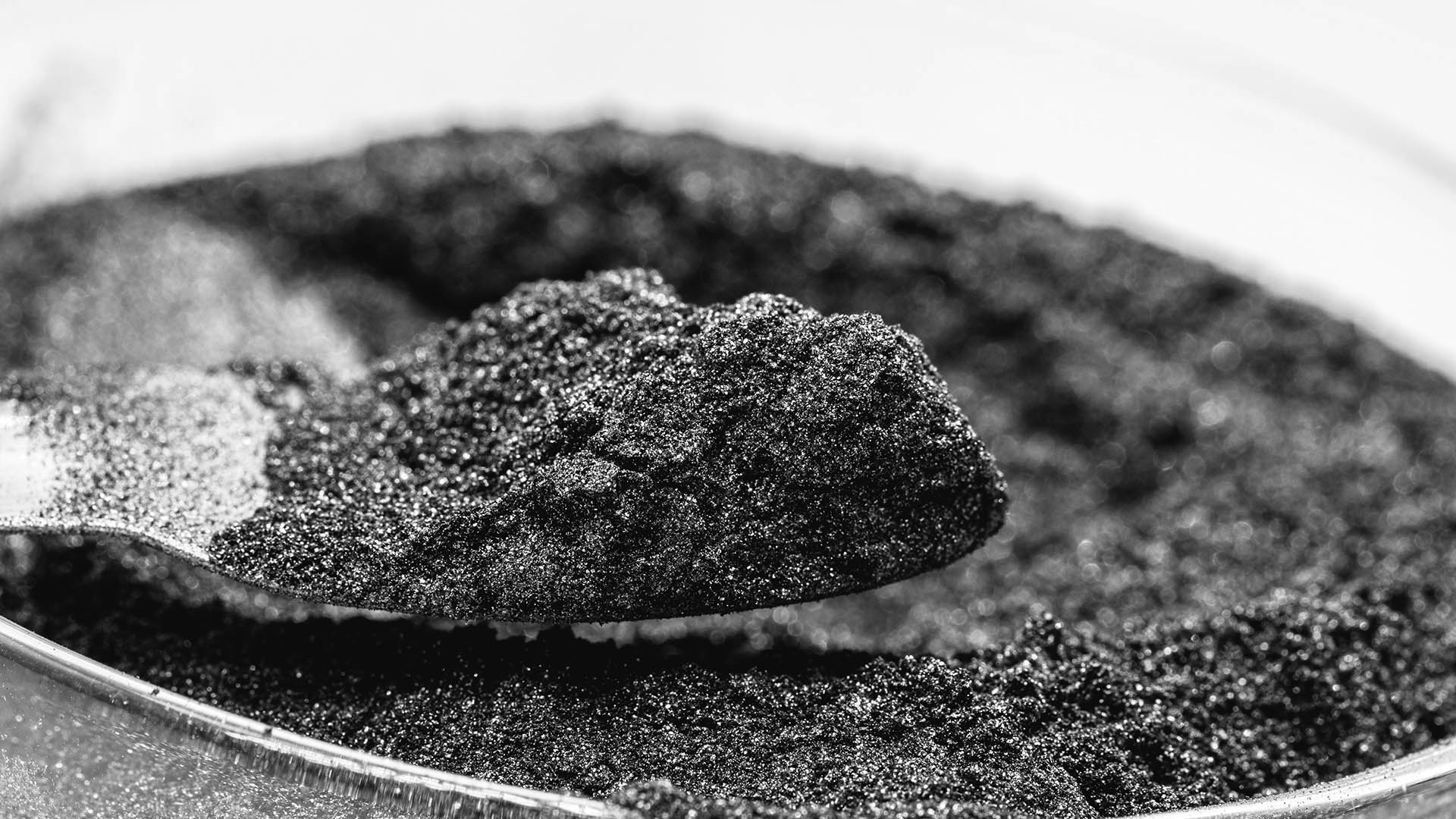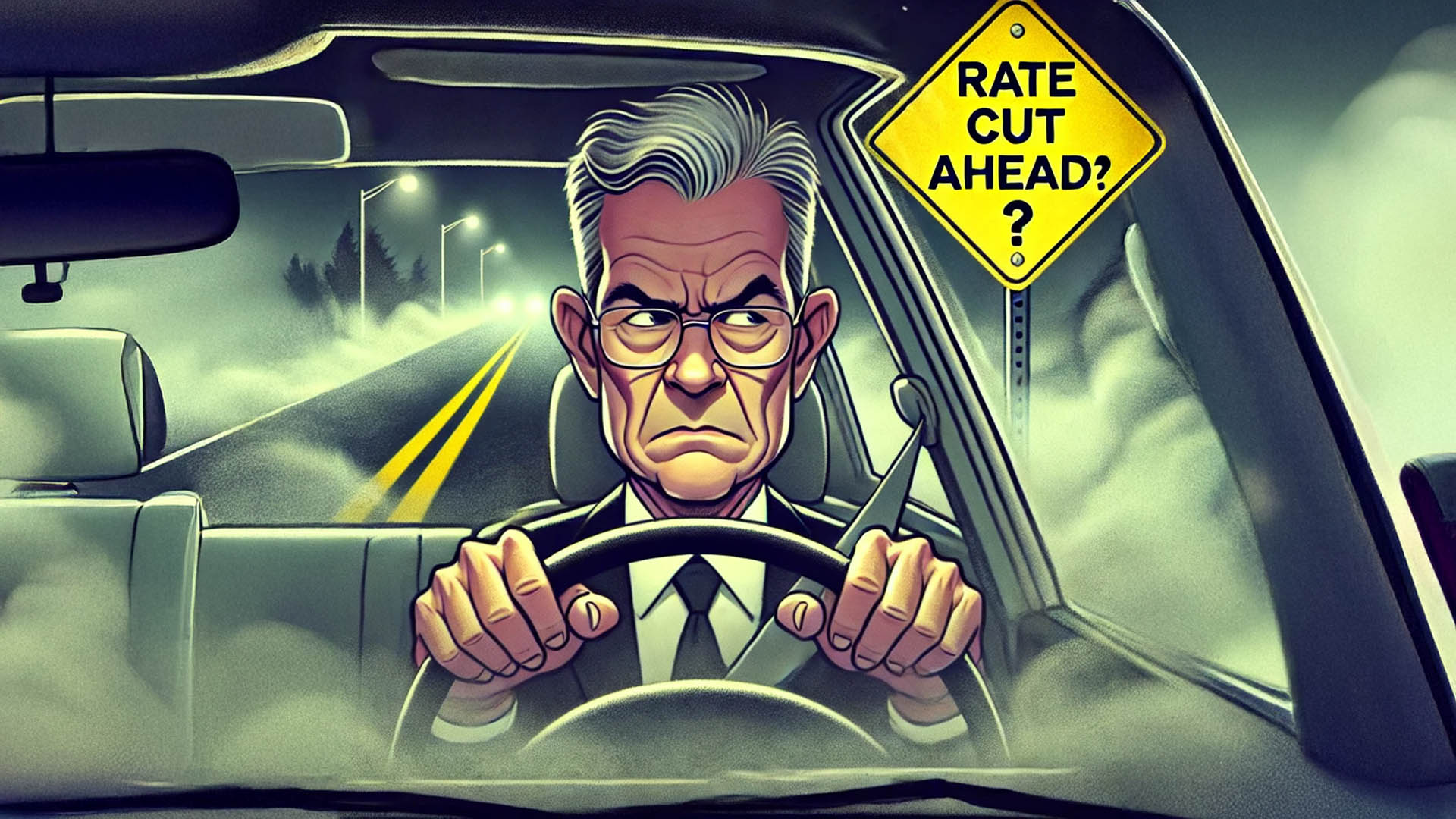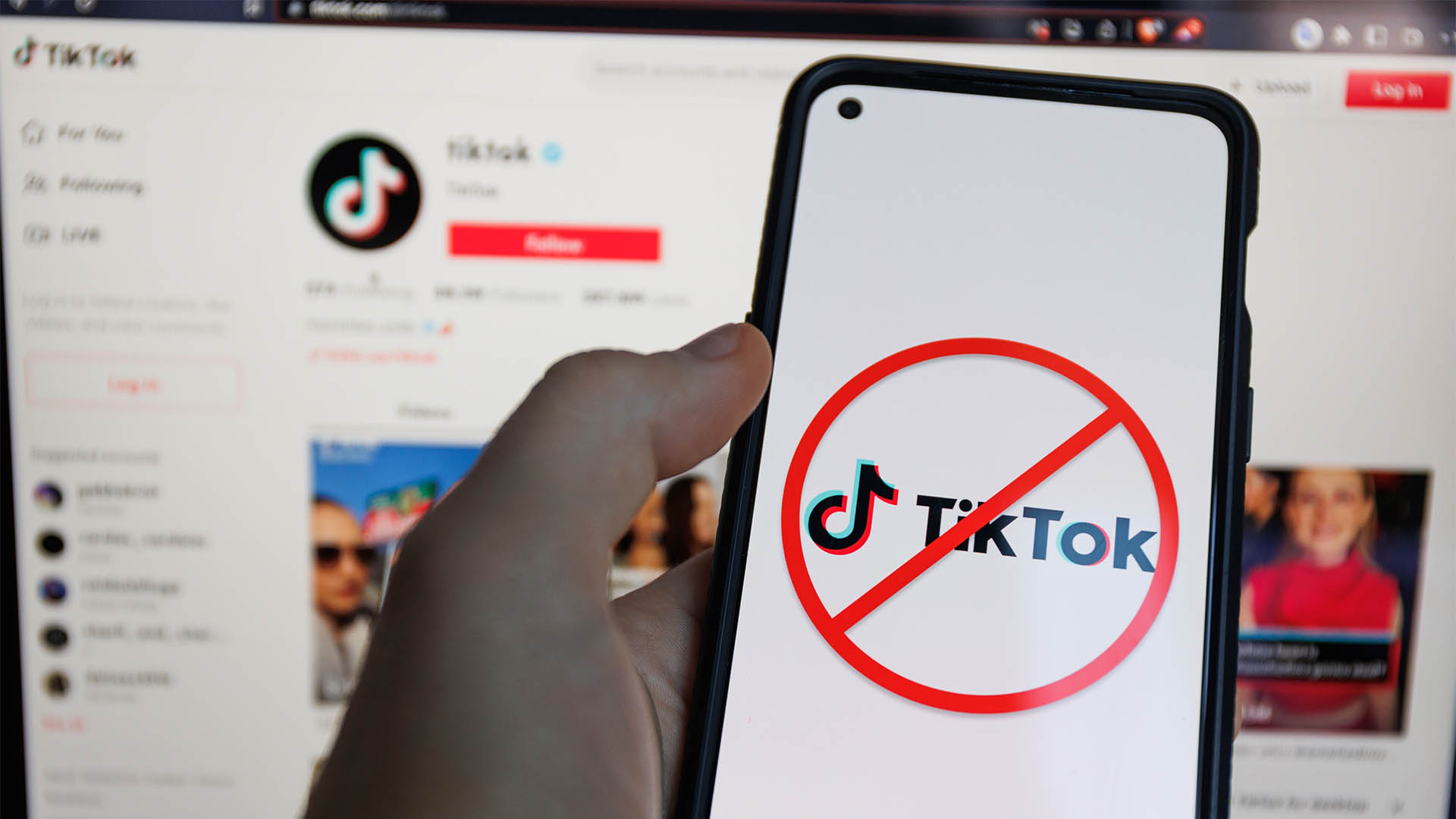Two product releases this week—one in northern China, the other in Tokyo—could very well help mark the end of the headless rush into pure electric vehicles or BEVs, the kind Elon Musk pushed into the foreground of public knowledge and ignited a boom in China and then around the world that is now spluttering.
The two events were held by the biggest carmaker in the world—Toyota in Tokyo on Tuesday and BYD, China’s biggest car maker overall and largest for NEVs or new energy vehicles such as battery-powered vehicles, or BEVs and PHEVs which are plug-in hybrids.
Besides being the largest producer globally, Toyota is also the biggest maker and seller of hybrids globally (which are quasi-electric vehicles at the moment) and sold more than 3 million of those in 2023-24.
BYD sold more than 3 billion BEVS and PHEVs in 2023, as well as buses and commercial vehicles. It aims to sell around 4 million this year.
Toyota’s hybrids are based on regenerative technology allied to an internal combustion engine. Tuesday’s announcement was all about Toyota trying to protect the tens of billions of dollars invested in its regenerative charging system, as well as its existing conventional engines.
It proposes to do this via a proposed flip in the way the hybrids are set up and operate, as well as using green fuels such as hydrogen.
BYD is the biggest maker of electrified vehicles worldwide—and is now pushing deeper into PHEVs (it is still the biggest producer of BEVs) or plug-in hybrids which have a small battery and small ICE engine. That’s the reverse of the present Toyota technology which has the ICE engine driving the vehicle with the battery taking over every now and then and being recharged almost continually if need be.
BYD’s PHEVs are driven by the battery, augmented by the conventional powered engine with the battery being much smaller than a BEV's and needing a smaller recharging time.
BYD launched its new PHEV technology at the Beijing Car show in April and launched two new models using the technology on Monday.
The cars will use the fifth generation of its DM technology, or DM 5.0 system which BYD claims delivers lower fuel consumption than its predecessor. But it is a plug-in technology, not regenerative as Toyota and others currently sell.
BYD claims the new system at low charge will see fuel consumption per 100 kilometres as low as 2.9 litres for new vehicles and with the technology, the company claims vehicles will have a combined range of up to 2,100 kilometres, which is three times that of conventional fuel vehicles. US auto websites say the claimed 2.1-litre consumption figure equates to around 80 miles to the gallon.
While Toyota talks about a new lean ICE engine using green hydrogen or bioethanol, it's a technology that is still to arrive. It says the ‘lean’ conventional engines can be linked to a hybrid zero-emissions motor, which is what they claim they are doing with its existing hybrids.
This week's Toyota announcement confirms that all the talk of new battery-powered models between now and 2027 from the world’s biggest carmaker has been a diversion – the company and its managers still believe in hybrid technology and green hydrogen (or perhaps bioethanol) as fuel – not all electric as in BEVs.
It claims it will produce new BEVs, especially at a plant in Kentucky in the US with a huge battery factory in North Carolina that will make batteries for full BEVs and for the new and existing hybrids – especially in its upmarket Lexus brand.
Toyota has always been more a believer of hybrids (and hydrogen as a fuel) than BEVs, unlike most other companies (though Ford and GM are redirecting their efforts into hybrids and being followed by European companies).
BYD launched the latest new version of its PHEV technology which (the company says) will more than double the range and efficiency of its plug-in (rechargeable) hybrid system but at ultra-competitive prices – and that’s the difference with Toyota. BYD is already in the market with the first two of many new models and at prices no other car company can match.
The two new models revealed at Monday's launch will cost between $US13,000 and $US20,000 in China with that promise of up to 2,100 kilometres in maximum range between charges for the small battery.
These launches reveal very real threats to Tesla (and Toyota) which is falling further behind Toyota and especially BYD, in updating its models and technologies. Other Chinese companies will follow BYD into this space and Tesla will suffer.
Musk wants to talk about self-driving or assisted driving systems, while the Cybertruck has absorbed valuable time and capital in being five years late. That saw a mooted smaller version of the Tesla 3 – called the Tesla 2 – delayed, ignored and now seemingly in the too hard basket. Musk prefers to focus on non-Tesla companies of his such as space rockets, AI, implanting things in brains, the very successful Starlink low orbit satellites and X (nee Twitter).
It has already cut production at its Shanghai plant in China by 20% in May and June without explanation, after cutting hours at the plant earlier in the year.
But comparing the two announcements, it's no wonder the tariffs on Chinese EVs in the US and the threats of penalties from the EU have so much support from their respective car industries.
You can understand the growing fear US and European car giants have about BYD and other Chinese producers, and the pressure on their Chinese operations to match BYD and others on prices and costs.
BYD is the start but others will follow and the big question is whether the giants like GM, Ford, BMW and Mercedes, as well as Ford and Stellantis follow BYD down the PHEV route and ultra-long-range models at very low prices.
And for Australia, it should be a big concern as these smaller batteries need less lithium, copper, cobalt, etc. There goes The Future Made In Australia.
These two technologies will still use lithium, copper, etc., but smaller amounts. In future hybrids, the electric motor is set to become the main driving power, and the new engine will be designed to take a lesser role and help it along, a reversal of what is the current situation and close to what BYD and some other Chinese EV companies are doing—but not Tesla.
But details on when the engines would be available were not revealed by Toyota, indicating that this is a project in development and not a reality like BYD which has been using its own plug-in hybrid technology since 2008.
BYD finally revealed the fifth generation of its DM technology, or DM 5.0 system on Monday which delivers lower fuel consumption than its predecessor. But it is a plug-in technology, not regenerative as Toyota and others currently sell. Its initial vehicle in 2008 was the world’s first plug-in hybrid.
BYD claims the new system at low charge will see fuel consumption per 100 kilometres as low as 2.9 litres for new vehicles and with the technology, the company claims vehicles will have a combined range of up to 2,100 kilometres, which is three times that of conventional fuel vehicles.
The Qin L DM-i (US13,700) and Seal 06 DM-i ($US19,300) are the first models equipped with BYD's fifth-generation DM technology, which went on sale on Monday. No US or Japanese or European carmaker can match those prices in China, the world’s biggest EV market (batteries and plug-ins).
From what BYD has been saying for the past few months, these new hybrids and others to come will also be exported to markets where there are low charging capabilities. In 2024, BYD has become the only Chinese carmaker turning out more plug-in hybrids than BEVs.
In Australia, still waiting for the future to be made here – it is, in China, Japan, the US, and Europe, and here’s a tax cut for your valiant efforts from Industry Minister, Ed Husic.














